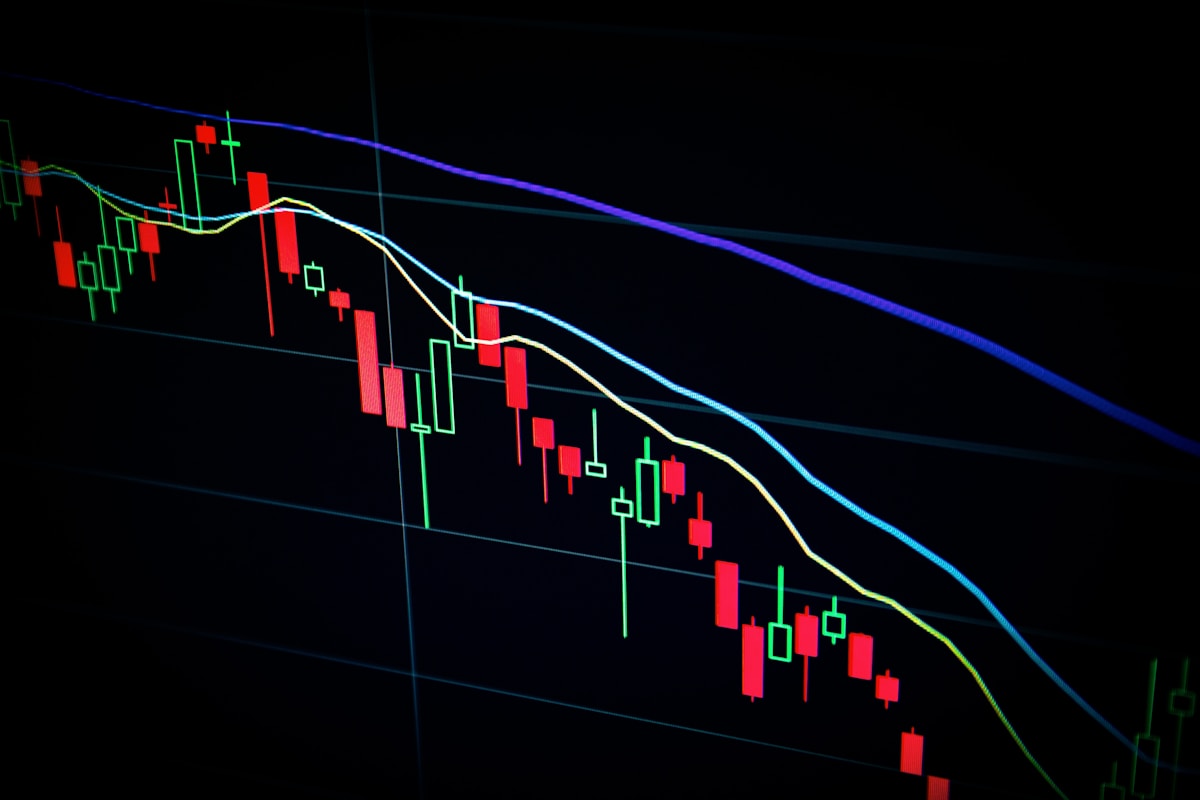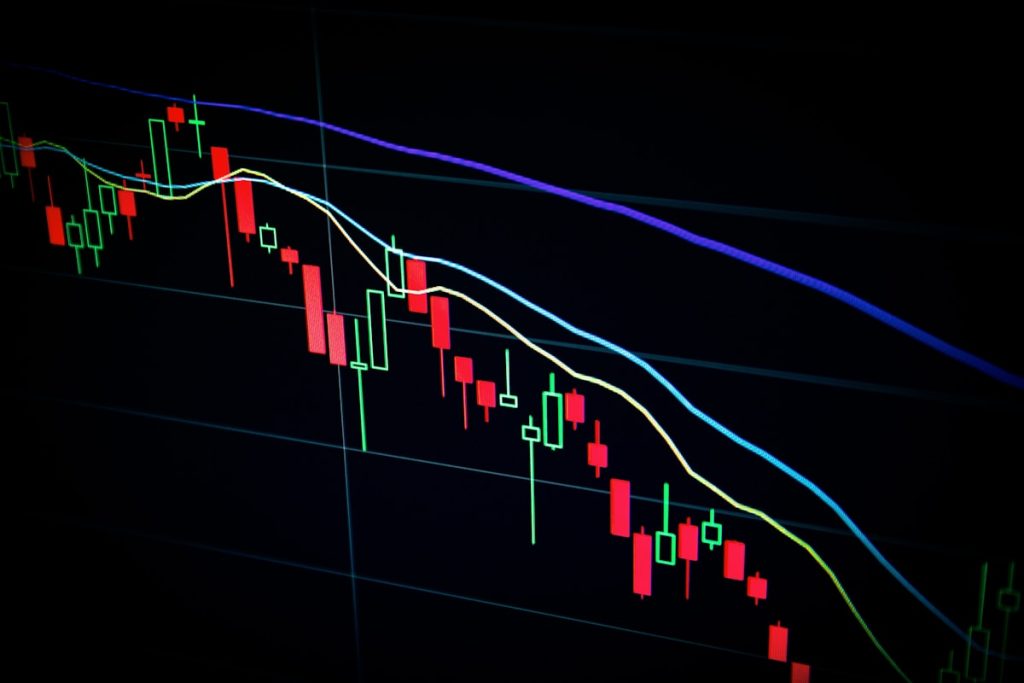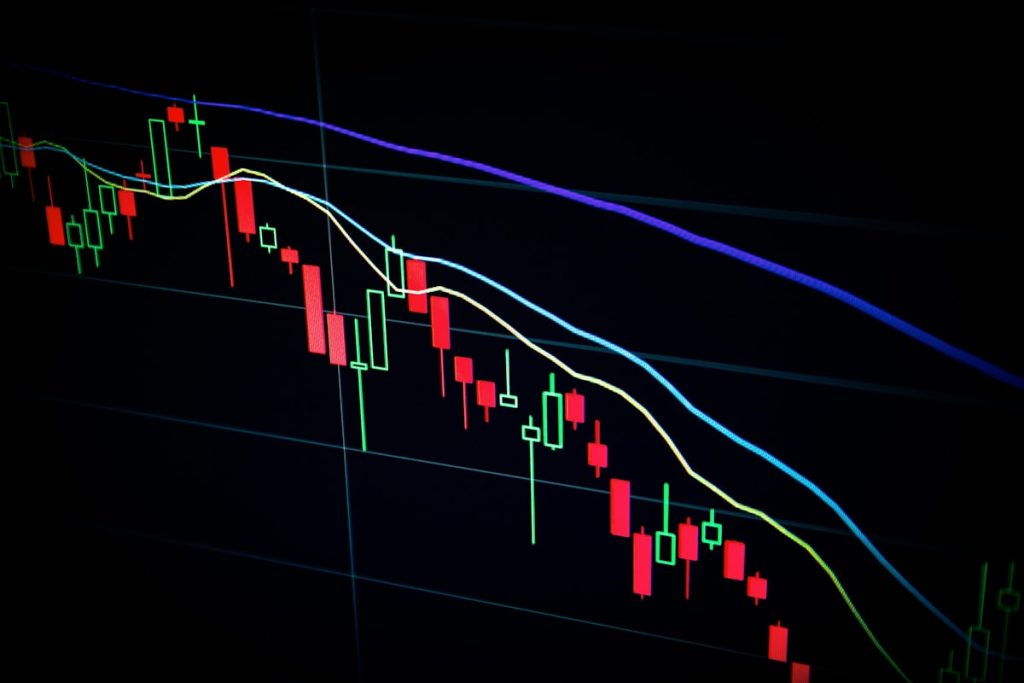Stocks Close Lower After Trump’s New Tariffs, Weak Jobs Report
U.S. stock markets ended the week in negative territory as investors reacted to a combination of renewed trade tensions and disappointing labor market data. The Dow Jones Industrial Average fell 1.2%, the S&P 500 dropped 1.5%, and the Nasdaq Composite declined 1.8% during Friday’s session, marking the worst single-day performance in over a month.
Key Triggers for the Sell-Off
- Trump’s Proposed Tariffs: Former President Donald Trump announced plans to impose a 60% tariff on Chinese electric vehicles (EVs) and further increase levies on other imports if re-elected. This reignited fears of a global trade war and supply chain disruptions.
- Weak Jobs Report: January’s nonfarm payrolls report showed the economy added only 150,000 jobs, below the projected 180,000. The unemployment rate also unexpectedly rose to 4.0%, signaling potential softening in the labor market.
Sector Performance
Industries most exposed to trade tensions bore the brunt of the losses:
- Automotive Stocks: Tesla (TSLA) and Ford (F) fell 3.4% and 2.9%, respectively, on concerns about higher input costs from tariffs.
- Industrial & Manufacturing: Caterpillar (CAT) and 3M (MMM) dropped over 2.5% as investors priced in risks to global demand.
- Consumer Discretionary: Retailers like Amazon (AMZN) and Home Depot (HD) slid amid fears tariffs could drive inflation higher.
Market Reactions
The jobs data fueled uncertainty about the Federal Reserve’s rate-cut timeline. Bond yields fell sharply, with the 10-year Treasury yield dropping 12 basis points to 3.95%. Gold prices climbed 1.3% as investors sought safe-haven assets. Meanwhile, the CBOE Volatility Index (VIX) spiked 18%, reflecting heightened market anxiety.
Analyst Insights
Jane Morrison, chief strategist at Atlas Capital, noted: “The twin shocks of trade risks and labor market weakness have reset expectations. Markets are now pricing in a 70% chance of a Fed rate cut by June, up from 50% last week.” Others warned that renewed tariffs could complicate the Fed’s inflation fight, delaying monetary easing.
Looking Ahead
Investors will monitor:
- Federal Reserve Chair Jerome Powell’s testimony to Congress next week
- February’s CPI inflation report (due March 12)
- Ongoing developments in U.S.-China trade relations
The convergence of geopolitical risks and economic uncertainty suggests volatility may persist in the near term, with markets hypersensitive to policy shifts.



